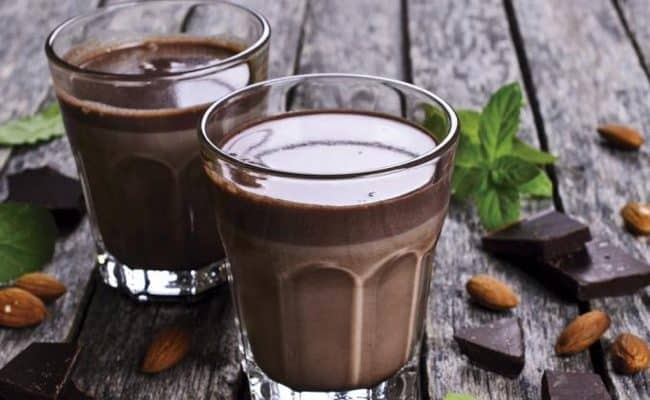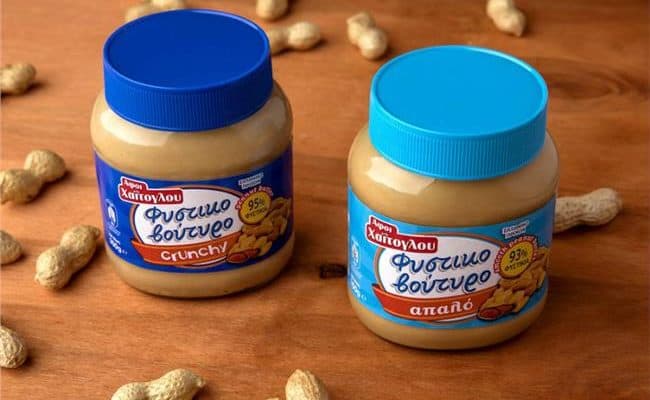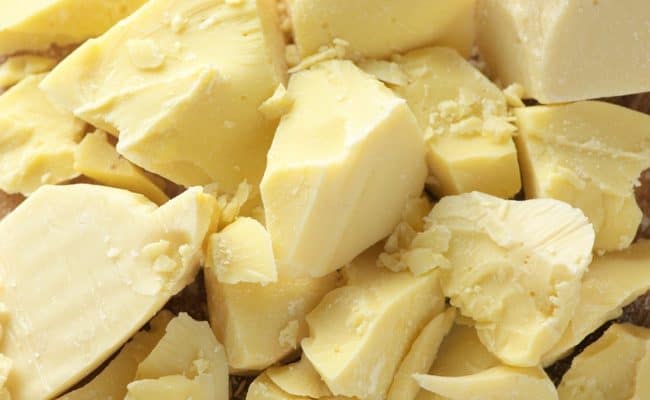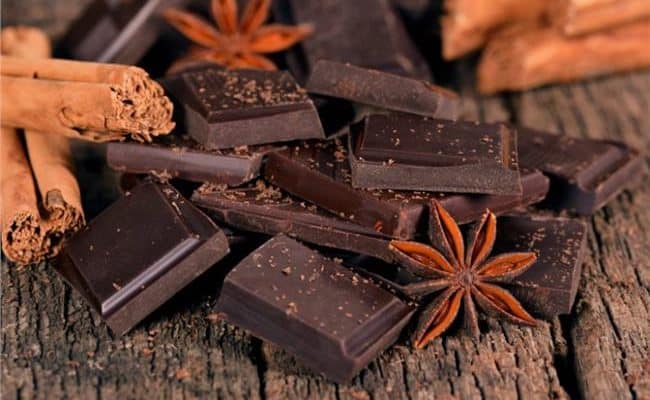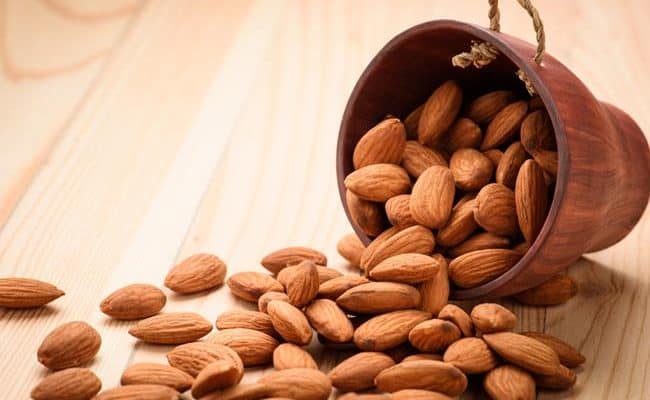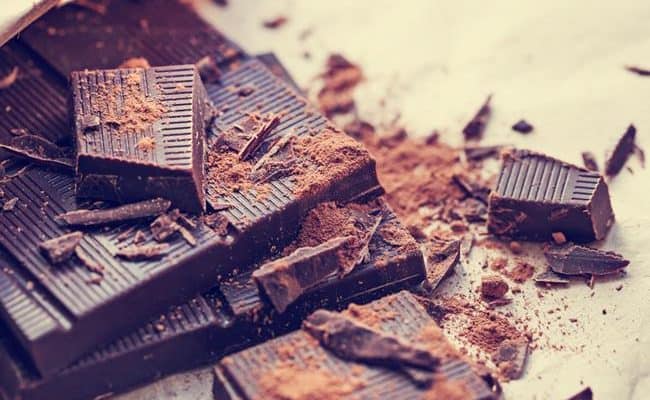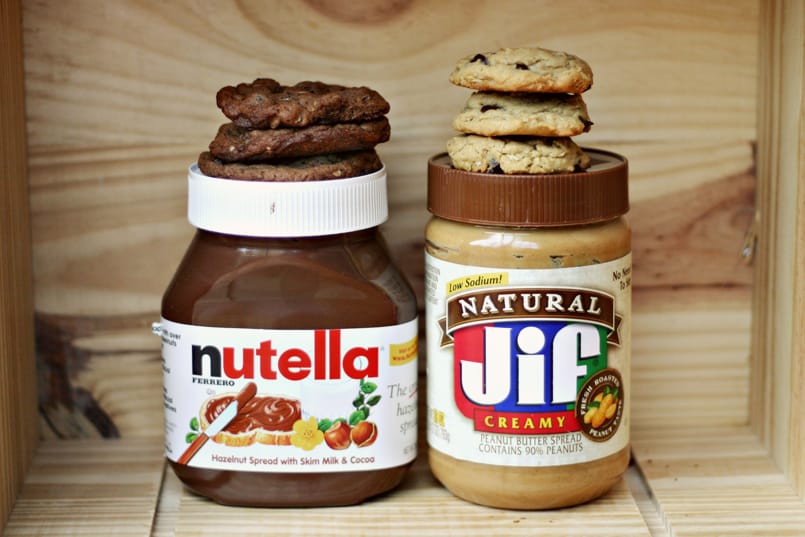
Compared to peanut butter, Nutella is higher in total calories, saturated fat and sugar. It is lower in protein and fiber. Based on these results, peanut butter has the upper hand nutritionally compared to Nutella.
Both Nutella and peanut butter are beloved ingredients for people around the world. The average American eats about 3 pounds of peanut butter every year, which is about enough peanut butter to line the bottom of the Grand Canyon in one year (1)!
Nutella (2) claims you can circle the world 1.8 times with the amount of Nutella made in one year, and the Great Wall in China could be covered 8 times with the number of Nutella jars sold in one year!
While Nutella and peanut butter can both fit into a healthy, balanced diet, it’s important to recognize the importance of your serving size. Both are higher in calories and fat.
There are health benefits associated with consuming peanut butter in moderation, but is Nutella healthier?
There are more research studies on the specific health benefits of peanut butter, and there are several nutrients in peanut butter that may make it nutritionally advantageous over Nutella.
Whichever spread you go to, consume in moderation and as part of a balanced diet. Also note different brands of peanut butter and chocolate hazelnut spread can vary nutritionally, so check ingredient labels before purchasing.
Peanut butter nutrition
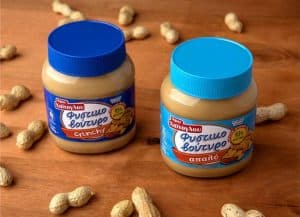
A two tablespoon serving size of natural (no added oils) peanut butter provides about:
- 180 calories
- 16 grams of total fat (20% DV)
- 2 grams of saturated fat (10% DV)
- 5 grams of carbohydrate (2% DV)
- 3 grams of fiber (10% DV)
- 1 gram or less of sugar
- 8 grams of protein
- 2% DV calcium
- 8% DV iron
- 4% DV potassium
Peanut butter’s fat source is mainly monounsaturated fats which are considered heart healthy. By providing protein as well as fiber, peanut butter makes a satisfying snack that may help lower appetite.
This is partially the reason why eating peanut butter and peanuts in moderation doesn’t increase risk for weight gain (3). Note: if peanut butter has added oils or sweeteners, nutritional values will change.
Nutella nutrition
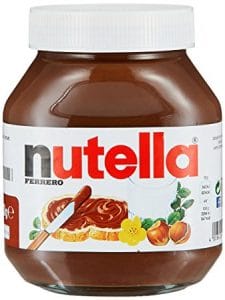
A two tablespoon serving size of Nutella provides about:
- 200 calories
- 11 grams of fat (18% DV)
- 4 grams of saturated fat (20% DV)
- 22 grams of carbohydrate (7% DV)
- 1 gram of fiber (4% DV)
- 21 grams of sugar
- 2 grams of protein
- 4% DV calcium
- 6% DV iron
Compared to peanut butter, Nutella is higher in total calories, saturated fat and sugar. It is lower in protein and fiber. Based on these results, peanut butter has the upper hand nutritionally compared to Nutella.
Nutella and palm oil
Nutella’s main source of fat, besides the hazelnuts, is from palm oil. Palm oil comes from the palm fruit which is grown in tropical climates. Research has shown both positive and negative effects from palm oil on heart health.
The main saturated fatty acid in palm oil, palmitic acid, is considered neutral on blood lipids. Other saturated fats are more likely to increase risk of heart disease.
As part of a low fat diet (<30% of calories from fat), palm oil in moderation has been shown in some studies to not increase risk for heart disease (4).
Therefore, eating some food sources of palm oil may not be negative for health as long as you eat a variety of fat sources.
Eating a diet high in unsaturated fats is recommended for heart and overall health. Primary fat sources high in unsaturated fats include: avocados, nuts, seeds, fatty fish, olive oil, etc.
Another concern with consuming foods with palm oil is the effect it has on the environment. The increased demand of palm oil has driven increased palm plantations in tropical climates which have destroyed tropical rain forests.
This has brought an increased risk of extinction to certain animals and plant species and may play a role in an imbalance of eco systems.
The good news is the palm oil in Nutella (5) is 100% certified sustainable by The Roundtable on Sustainable Palm Oil (RSPO).
This means the palm oil used in Nutella does not contribute to deforestation, species extinction or high green house gas emissions.
Other foods with palm oil without this certification can contribute to harmful environmental effects from palm oil.
Therefore, if you eat other foods with palm oil, check labels to see if there is a certification from RSPO.
Is nutella healthy?
Nutella is relatively high in calories, added sugar and fat. It does offer trace amounts of calcium and iron, but compared to peanut butter it is lower in protein and fiber.
Therefore, calling Nutella healthy may be a stretch. However, it can be included as part of a healthy, balanced diet. Nutella should be used in moderation and occasionally, not as a diet staple.
If you want to enjoy Nutella but are watching your waist line, cut back on portion size. Instead of two tablespoons for a serving, make it one. Or, if you want to enjoy two tablespoons, enjoy it and make it your occasional splurge.
Which one do you really want?
Should you choose peanut butter or Nutella?
It may depend on which one you really want. Peanut butter has a more nutritious profile, but if you are really craving the chocolate, creamy Nutella eating peanut butter won’t satisfy that.
You could either add a few chocolate chips with what you’re putting peanut butter on or choose Nutella if that’s what you really want.
It’s important to enjoy the food you choose so you are not eating it too fast and over eating. If you do choose Nutella, pair it with some fruit and a protein source.
For example, you could add a drizzle to plain Greek yogurt with strawberries for a chocolaty healthy treat.
Whichever spread you choose, make sure it is in moderation. Eating peanut butter in moderation has been shown in research to not increase risk alone for weight gain.
However, this specific research on Nutella has not been done. Peanut butter has more protein, fiber and heart healthy fats compared to Nutella.
Featured image source
